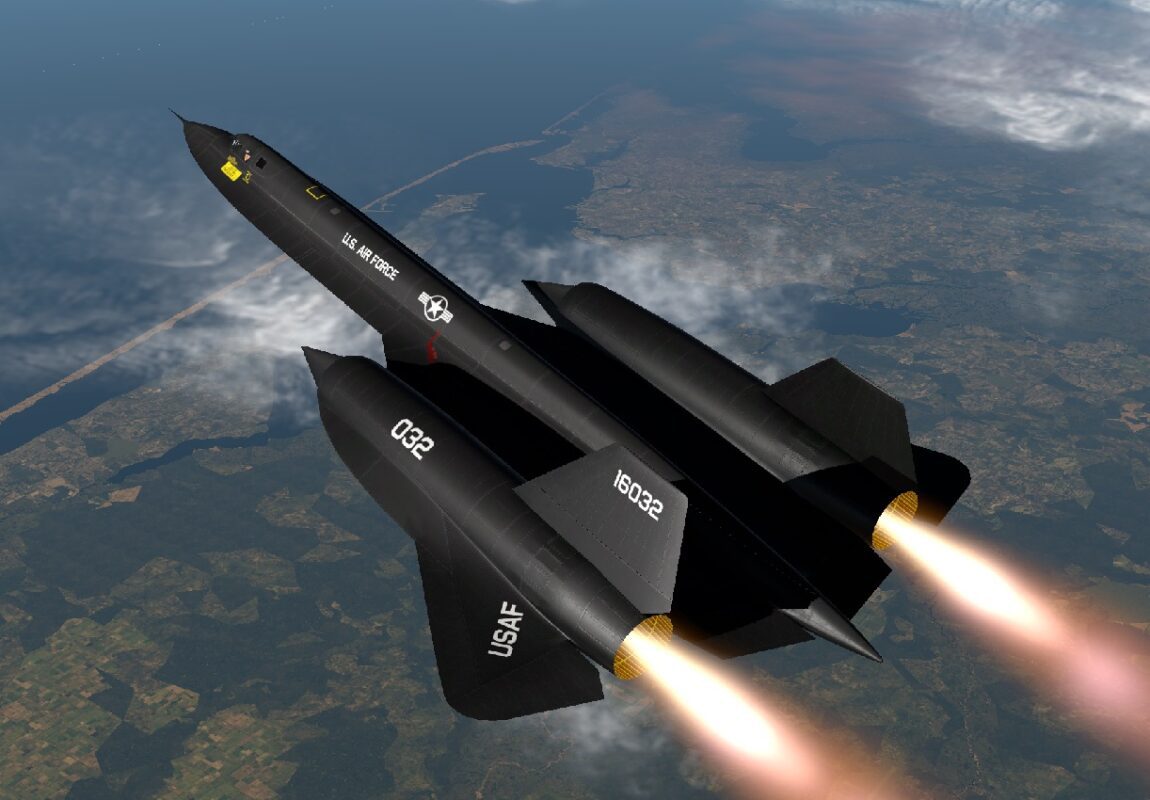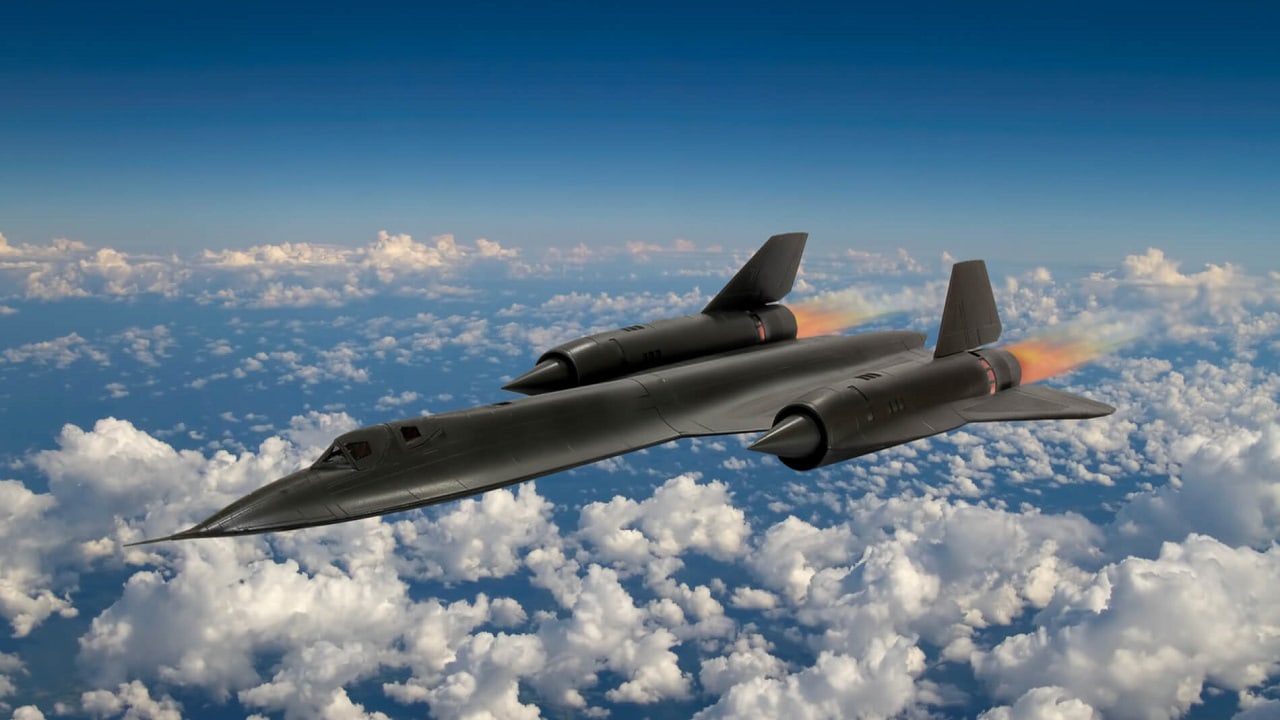The SR-71 Blackbird is one of the United States’ most distinctive spy aircraft of the Cold War. Since the aircraft was developed in total secrecy, one would expect that the aircraft would need to be built from materials sourced from the United States or other friendly countries. However, the unique physical requirements and capabilities of the Blackbird forced the aircraft’s developers to look further afield: to the Soviet Union, its primary intended target of surveillance.
In the midst of the Cold War, U.S. military leaders sought to develop an aircraft which could provide the same ability to provide wide-ranging geospatial intelligence to policymakers, but without the risk of the aircraft being shot down. This had become a real risk, as the 1960 shootdown of a CIA U-2 surveillance aircraft piloted by Gary Powers over the Soviet Union sent shockwaves through the CIA and the Air Force. This laid bare the need for a spy aircraft which could evade Soviet air defenses to continue to provide American policymakers the accurate imagery of targets of interest in the Soviet Union which they had come to rely on.
This was no easy feat, but American engineers at Lockheed’s so-called Skunk Works began developing a surveillance aircraft that could fly through Soviet airspace with impunity. Their solution to the problem was to make the SR-71 as fast as they possibly could make it so that it could simply outrun surface-to-air missiles and any other potential threats to the aircraft. As a result, the Blackbird was designed to cruise at extremely high speeds and altitudes. Powered by the intended twin Pratt & Whitney J-58 axial-flow turbojet engines, the SR-71 was capable of flying at 85,000 feet at Mach 3.2, an almost “religious” experience as described by United States Air Force Colonel Jim Wadkins.
To fly in such extreme conditions, the airframe of the Sr-71 was placed under a considerable amount of environmental stress. Since temperatures on the exterior of the aircraft could reach more than 600 degrees Fahrenheit, including nearly 910 degrees Fahrenheit near the aircraft’s exhaust, the aircraft needed to be built from incredibly resilient materials. The solution the Skunk Works developers settled on was to construct the skin of the aircraft with 93 percent titanium, with the windows made of quartz. Now that they had a viable model, the Blackbird’s creators realized that they had a different problem on their hands: titanium was not readily available in the United States or in allied countries in quantities large enough to build enough SR-71s.
To work around this, U.S. developers had to source that titanium from the Soviet Union. The Soviet Union was selling titanium on the world market openly but would still be unwilling to sell to the United States if it knew that the titanium would be used in a surveillance aircraft like the Blackbird. To account for this, the CIA spearheaded the procurement of Soviet titanium by routing the purchases through third countries and fake corporations. Had the Soviet Union known that the United States had taken a sudden interest in the procurement of titanium ore, it likely would have moved to restrict the sale of the material abroad, so the clandestine approach taken by the CIA was able to preserve access to the ore without triggering any Soviet suspicions. In the end, the United States was able to build 32 Blackbirds with the material gathered from the Soviet Union, with the aircraft remaining in service until 1990.

SR-71. Image: Creative Commons.
The SR-71 Blackbird was able to return significant dividends to the United States Air Force from the investment poured into it, including through the monumental efforts to acquire titanium from the Soviet Union clandestinely. As a result, America’s premier spy plane made of Soviet titanium was able to deliver critical intelligence on the Soviet Union through the end of the Cold War.
Wesley Culp is a Research Fellow at the Center for the Study of the Presidency and Congress. He regularly writes on Russian and Eurasian leadership and national security topics and has been published in The Hill and the Diplomatic Courier. He can be found on Twitter @WesleyJCulp.

